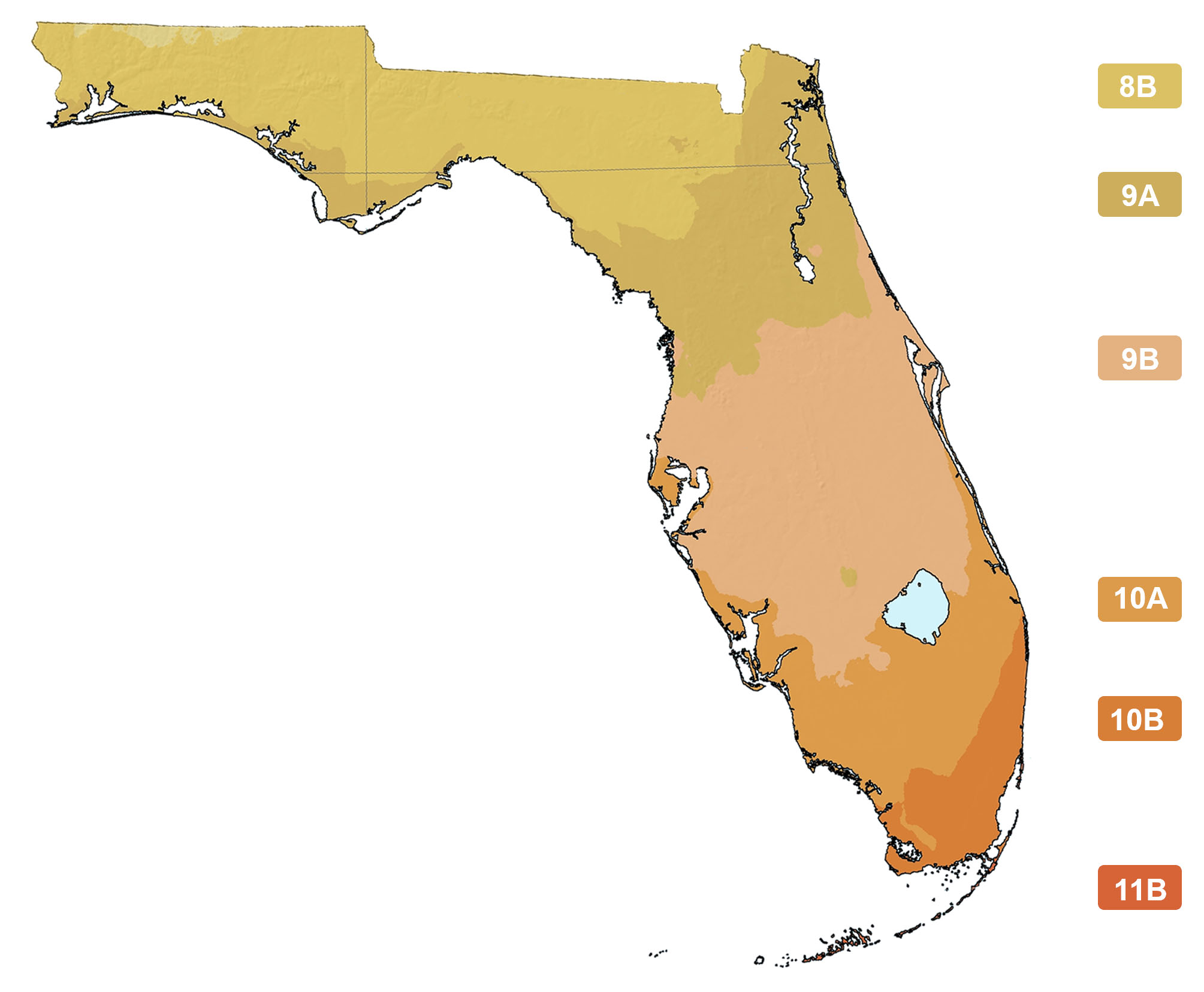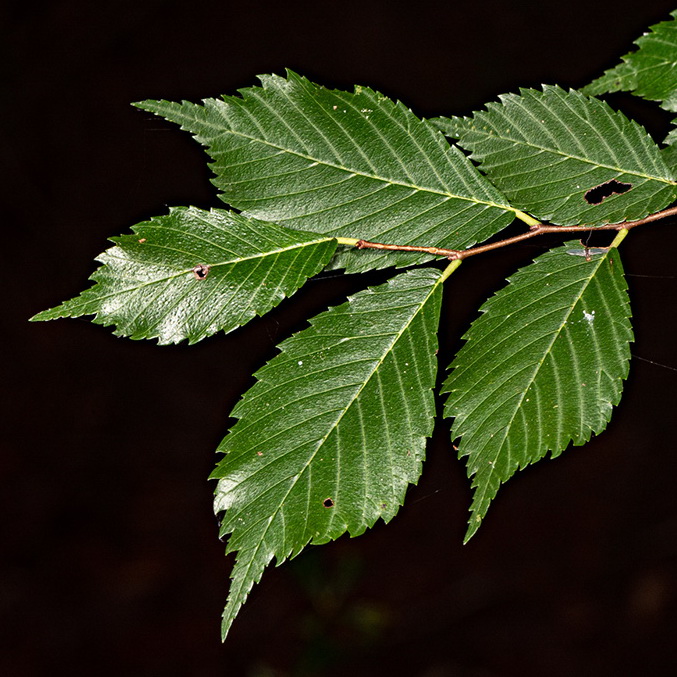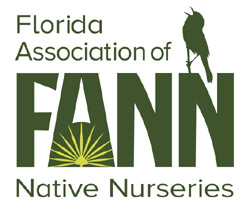Ulmus americana
Photographs belong to the photographers who allow use for FNPS purposes only. Please contact the photographer for all other uses.
American Elm
Ulmaceae
Also known as Ulmus floridana
Plant Specifics
| Form: | Tree | |
| Size: | 60-70 ft tall in Florida by 20-40 ft wide | |
| Life Span: | Long-lived perennial | |
| Flower Color: | Green,NA | |
| Fruit Color: | Brown,NA | |
| Phenology: | Deciduous. Inconspicuous blooms in early spring. Life span around 150 yrs (Nelson 2003). | |
| Noted for: | Fall color, Interesting foliage |
Landscaping
| Recommended Uses: | Shade tree, used as a street tree noted for its spreading urn-shaped crown. Tolerant of root disturbance. | ||||||||||||||||||||||||||||||||||||||||||
| Considerations: | While Dutch elm disease has not been detected in Florida (IFAS, 2018), the planting practices that result in massive losses of street trees north of Florida (planting in rows along strees esp. where root graphs could occur) would be good to avoid. | ||||||||||||||||||||||||||||||||||||||||||
| Propagation: | Seed or cuttings. | ||||||||||||||||||||||||||||||||||||||||||
| Availability: | Native nurseries, Quality nurseries | ||||||||||||||||||||||||||||||||||||||||||
| Light: | Full Sun, Part Shade | ||||||||||||||||||||||||||||||||||||||||||
| Moisture Tolerance: |
always floodedextremely dry |
||||||||||||||||||||||||||||||||||||||||||
| (Usually moist, occasional inundation ----- to ----- Not wet but not extremely dry) | |||||||||||||||||||||||||||||||||||||||||||
| Moisture Tolerance: | Usually moist, occasional inundation ----- to ----- Not wet but not extremely dry | ||||||||||||||||||||||||||||||||||||||||||
| Salt Water Flooding Tolerance: | Not salt tolerant of inundation by salty or brackish water. | ||||||||||||||||||||||||||||||||||||||||||
| Salt Spray/ Salty Soil Tolerance: | Low/no tolerance of salty wind or direct salt spray | ||||||||||||||||||||||||||||||||||||||||||
| Soil or other substrate: | Clay, Loam, Sand | ||||||||||||||||||||||||||||||||||||||||||
| Soil pH: | Acidic to circum-neutral | ||||||||||||||||||||||||||||||||||||||||||
Ecology
| Wildlife: |
Seeds used by birds in spring when little else is available. Used for nesting. | |
| Insects: | Larval host for: Eastern Comma (Polygonia comma), Question Mark (Polygonia interrogationis), Painted Lady (Vanessa cardui) | |
| Native Habitats: | Floodplain forest, wet mesic forests, hardwood swamps. |
Distribution and Planting Zones
Natural Range in Florida
USDA Zones
Suitable to grow in:
10A 8A 8B 9A 9B

USDA zones are based on minimum winter temperatures
Comments
| General Comments: | This tree is subject to Dutch elm disease. Dutch elm disease has not been detected in Florida (IFAS 2008). In most of eastern North America, this tree has largely disappeared from landscape use due to mass mortality from Dutch elm disease. |



